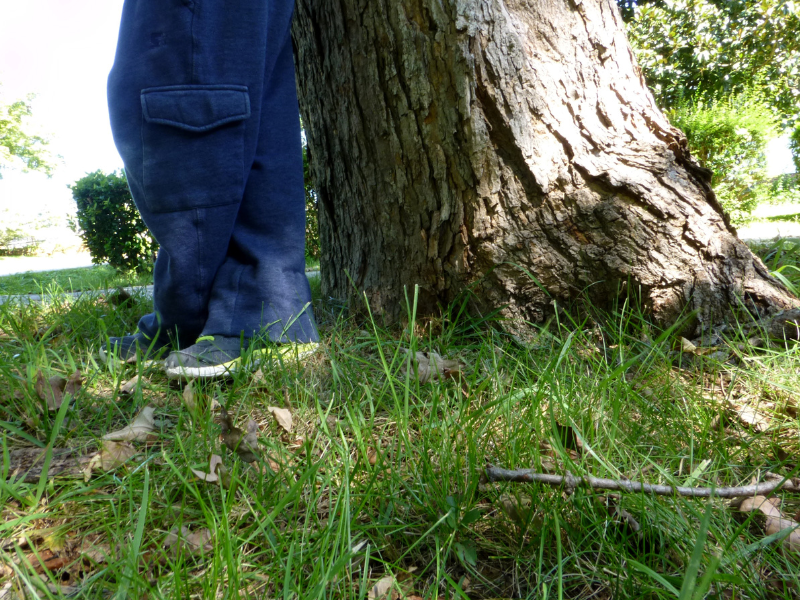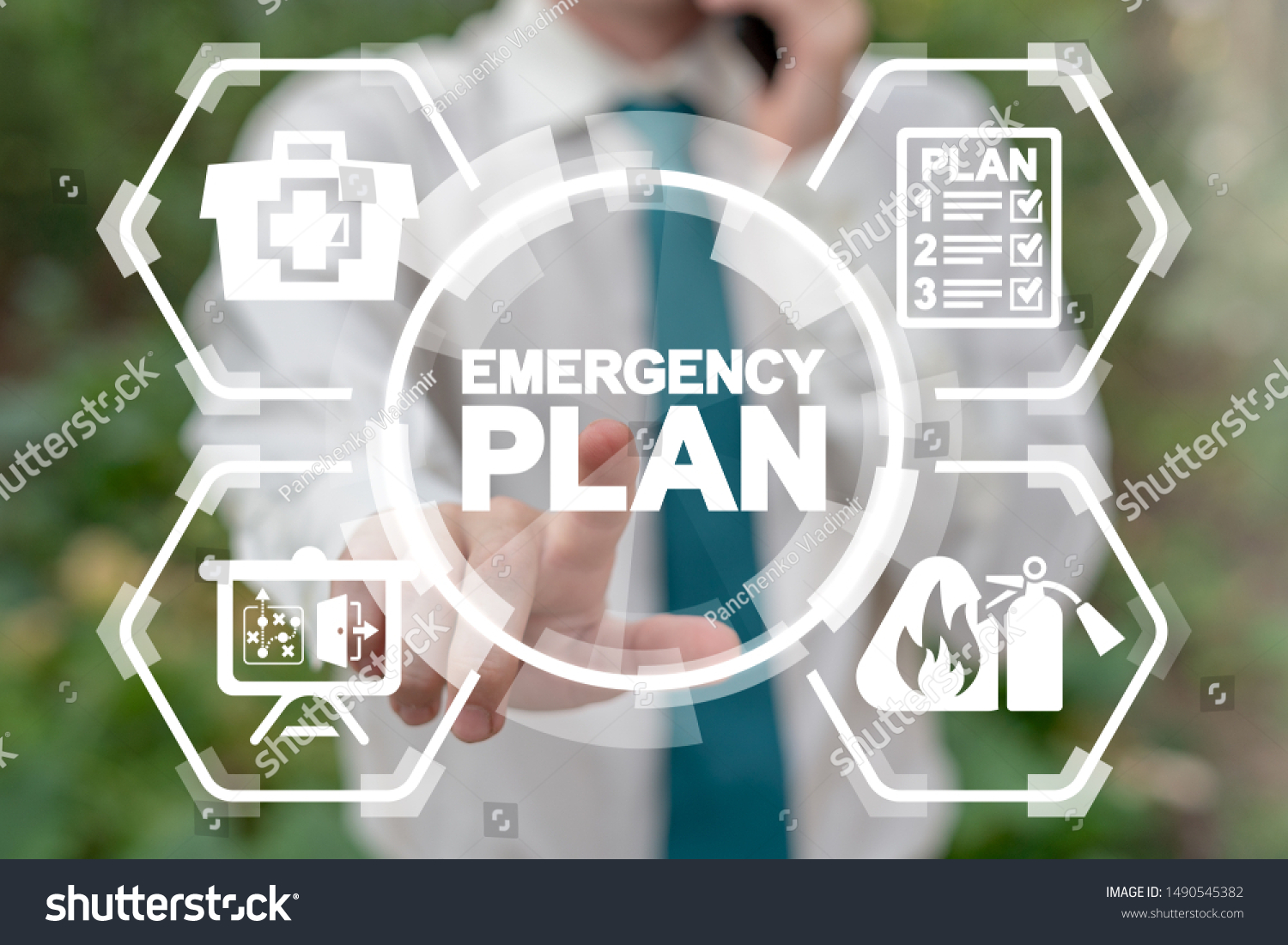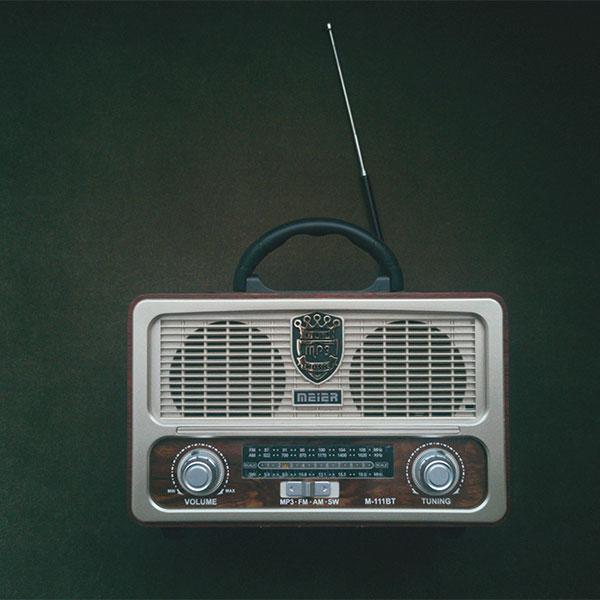In an emergency, staying connected with family and friends is crucial. A well-prepared family communication plan ensures everyone knows what to do and where to meet in times of crisis.
Before a Disaster: Planning Ahead
Out-of-Town Contact
Select a friend or family member who lives out of state to act as a central point of contact. This person can help relay messages and confirm everyone's safety. Keep their contact information written down in your emergency kit and other accessible locations like wallets or school backpacks.
Meeting Place
Decide on a meeting location with your family in advance. Disasters can strike when family members are at work or school, so determine a safe, central meeting point where everyone can gather.

Storing Emergency Communication Devices
Proper storage of emergency devices ensures they function when needed. Follow these tips:
- Remove batteries from walkie-talkies or similar devices if stored for a long time.
- Use waterproof and fireproof containers for storage.
Power Sources for Devices
Ensure your communication devices have a reliable power source:
- Choose devices like dynamo crank radios that don’t require batteries.
- Invest in solar-powered chargers for devices like Ham radios.
- Keep rechargeable batteries and a solar battery charger on hand.
Communication Devices: Options and Tips
Cell Phones
Use apps designed for emergencies, like BridgeHelp, which allows you to send quick status updates via text. Text messages often work better than calls during disasters.
GMRS Devices
- Average Price: $80 - $120
- Range: 3-5 miles (line-of-sight); extended range possible with antennas
General Mobile Radio Service (GMRS) devices are portable walkie-talkies requiring a license in the U.S. These radios are more powerful than FRS devices, making them suitable for emergencies. Learn more about GMRS radios.
| Name | Frequency | Motorola Convention | Icom F21-GM Convention | Notes |
|---|---|---|---|---|
| 550 | 467.550 | Ch. 15 | Ch. 1 | |
| 675 | 462.675 | Ch. 20 | Ch. 6 | Nationwide emergency channel |
FRS Devices
- Average Price: $20 - $50
- Range: Less than 1 mile
Family Radio Service (FRS) devices are common walkie-talkies used for short distances. They don’t require a license and are ideal for basic communication during emergencies.
CB Radios
- Average Price: $40 - $50
- Range: 1-5 miles
Citizens’ Band (CB) radios are used for short-distance communication. Popular among truckers, they are reliable and require no license in the U.S.
Ham Radios
- Average Price: $100 - $300
- Range: 20-60 miles
Ham radios are powerful communication tools for long distances. However, they require a license and are subject to strict regulations.














